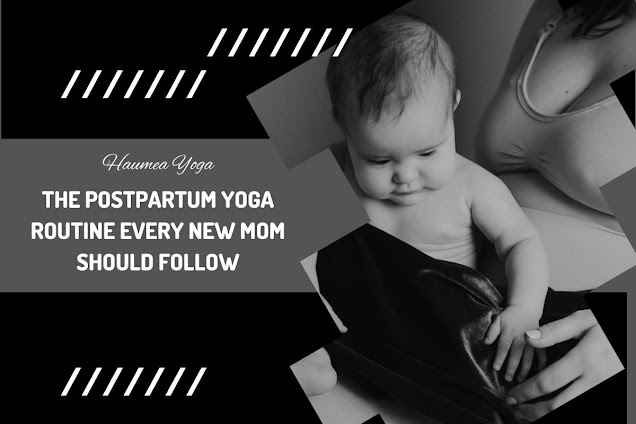Prenatal Yoga vs. Regular Yoga: What’s the Difference?
Yoga is widely recognized for its numerous benefits, including improved flexibility, strength, and mental clarity. However, when it comes to expecting mothers, prenatal yoga emerges as a specialized practice designed to address the unique needs of pregnancy. In this article, we will explore the key differences between prenatal yoga and regular yoga, helping you understand which practice is most suitable for different stages of life.
1. Purpose and Focus
Regular Yoga: Regular yoga aims to enhance overall physical fitness, mental clarity, and spiritual well-being. It includes a wide range of styles, such as Hatha, Vinyasa, Ashtanga, and Bikram, each with its specific focus. The practice often emphasizes building strength, increasing flexibility, and achieving a balance between body and mind.
Prenatal Yoga: Prenatal yoga is specifically designed for pregnant women to support them through the various stages of pregnancy. The primary focus is on fostering a healthy pregnancy, preparing the body for labor and delivery, and promoting the well-being of both mother and baby. The practice emphasizes gentle stretching, breathing exercises, and relaxation techniques that are safe and beneficial for pregnancy.
2. Modifications and Safety
Regular Yoga: In regular yoga, poses can range from gentle stretches to more intense, challenging postures. Instructors may encourage pushing limits to improve strength and flexibility. However, these intense poses are not always suitable for pregnant women, especially those in their second and third trimesters.
Prenatal Yoga: Prenatal yoga classes are designed with safety as the top priority. Instructors are trained to modify traditional poses to accommodate the changing body of a pregnant woman. Poses that involve lying on the back, deep twists, or excessive abdominal pressure are avoided. Instead, prenatal yoga includes poses that open the hips, strengthen the pelvic floor, and reduce lower back pain, all while ensuring the safety of the mother and baby.
3. Breathing Techniques
Regular Yoga: Breathing exercises, or pranayama, are integral to regular yoga practices. Techniques like Ujjayi breath (victorious breath) or Kapalabhati (skull shining breath) are used to enhance concentration, energy, and detoxification. These techniques can sometimes be vigorous and intense.
Prenatal Yoga: In prenatal yoga, breathing techniques are adapted to support pregnancy and prepare for labor. Deep, diaphragmatic breathing and relaxation-focused techniques are emphasized to help manage stress and promote a sense of calm. These breathing exercises can also be invaluable during labor, helping manage contractions and support a smoother delivery process.
4. Emotional and Psychological Benefits
Regular Yoga: While regular yoga provides mental and emotional benefits such as stress relief and improved mood, it does not specifically address the emotional journey of pregnancy.
Similar Link: How Postpartum Yoga Can Help Mothers Suffering from Postnatal Depression
Prenatal Yoga: Prenatal yoga offers a supportive community where expecting mothers can share experiences and gain emotional support. The practice includes meditative elements and affirmations that help mothers connect with their growing babies, fostering a sense of peace and emotional well-being.
5. Postpartum Recovery
Regular Yoga: Regular yoga does not specifically cater to the postpartum period, although some poses can be beneficial for general post-pregnancy recovery.
Prenatal Yoga: Prenatal yoga often includes guidance for postpartum recovery, with poses and practices designed to help new mothers regain strength, improve posture, and heal from childbirth. This holistic approach ensures that women are supported not only during pregnancy but also in the crucial months following delivery.
Conclusion
Both prenatal yoga, postpartum yoga, and regular yoga offer significant benefits, but they cater to different needs. Prenatal yoga is tailored to support the physical, emotional, and psychological changes that occur during pregnancy, ensuring a safe and nurturing practice for expecting mothers. Postpartum yoga focuses on aiding recovery and rebuilding strength after childbirth. Regular yoga, on the other hand, is a versatile practice suitable for individuals at various stages of life, offering a broader range of styles and intensities.






Comments
Post a Comment